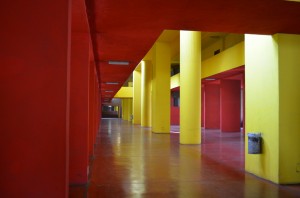On the last two days of our Northern Italy trip the planners departed on a trip to Como and an excursion to the periphery of Milan. Como is geographically located in the very north of Italy close to the Swiss border. Parts of it resemble Switzerland through the natural scenery and similar building types. It was quite an interesting place, one that has developed through a very important industry: the silk industry.
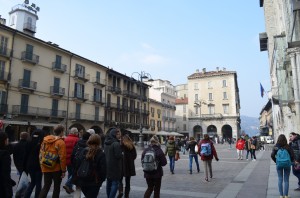
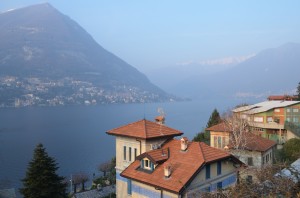
The first stop we made after our one-hour train ride from Milan to Como was to the silk factory museum. The museum displayed the actual machines used to make silk during the industrial revolution up until the early 1900s. The town itself developed largely due to the silk industry, and today this industry continues to thrive. In fact, the silk from Como is considered some of the most valuable silk in the world because the way it is produced. Much of the luxury silks that are used in some of the most fashionable clothing come from Como because the quality is considered much better than the other leading international producers of silk: China and India. We were delivered a thorough presentation by one of the tour guides at the museum about the history and production of silk in Como. We learned about the process of silk making beginning from the stage of the silk worm all the way to the finished product.
After our silk factory tour we had a broader discussion on how such cities such as Como truly embody localization economies. In Como, one industry is extremely dominant, highly successful, and globally competitive. Much of the skilled workforce in the silk industry is benefited by knowledge spillover, especially through the family. There is an incredible amount of local knowledge, which makes Como one of the best places for high quality silk production. When thinking about the broader regional context it becomes apparent that Milan, the fashion capital of the world, greatly benefits from the proximity of production of high quality silk used in much of the fashion clothing sold in Milan.
As with any field trip we always need at least a little bit of sightseeing when visiting these new places, so we embarked on two wonderful afternoon adventures. We spent the first part of the afternoon riding up the Funicular (train up the mountain). When we went to the top we saw a pleasant surprise: snow. We never were in any snow the rest of the Northern Italy trip as temperatures hovered around 50 to 55 degrees fahrenheit. On the top of the mountain we saw some of the most idyllic views. We were in the small city of Brunate (officially right outside of Como). After we went down back into the city of Como we went for another little ride. We took a ferry boat around Lake Como to another beautiful small city called Torno, where we took a nice walk around for about 40 minutes before returning to Como. Once we returned to Como we took off for our train ride back to the city of Milan.
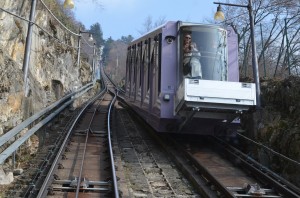
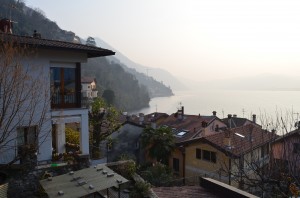
For our last day in Milan we explored the suburbs. We spent the first two days in Milan mainly walking around the city center where we explored certain neighborhoods and developments. In the suburbs we went to a place right outside the municipal area of Milan: the city of Rho. In Rho is one of the biggest exhibition spaces in the world (it is the biggest in Europe), and perhaps one of the longest exhibition spaces. Even with ground-level escalators the walk took about 15 to 20 minutes to get from one side to the other. When we were visiting it was when there was an international optometry conference and the space was filled with thousands upon thousands of people in some way involved or interested in the trade. The metro trains were filled on a Sunday morning entirely because of this conference. It really helped us to understand how Milan was such a globally competitive city. Such a huge exhibition space allowed for Milan to be a notable city on the world stage. We could see how the region was internationally competitive because of the high-level of skills and craftsmanship that we could see from such places as Como and all over the north of Italy.
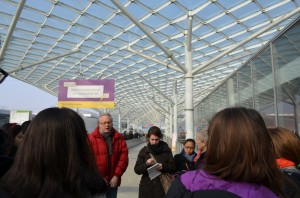
Our last event for the entire Northern Italy trip was a walk to a public housing development by the metro station San Leonardo. We heard a story from a local about the development and we witnessed first-hand the really high-quality aesthetic look of the building. We were in Gallaratese designed by the famous Aldo Rossi. At least for me, it made me question why in the United States we chose in the past to house our poorest citizens in such low-quality (almost made to fail) public housing.
